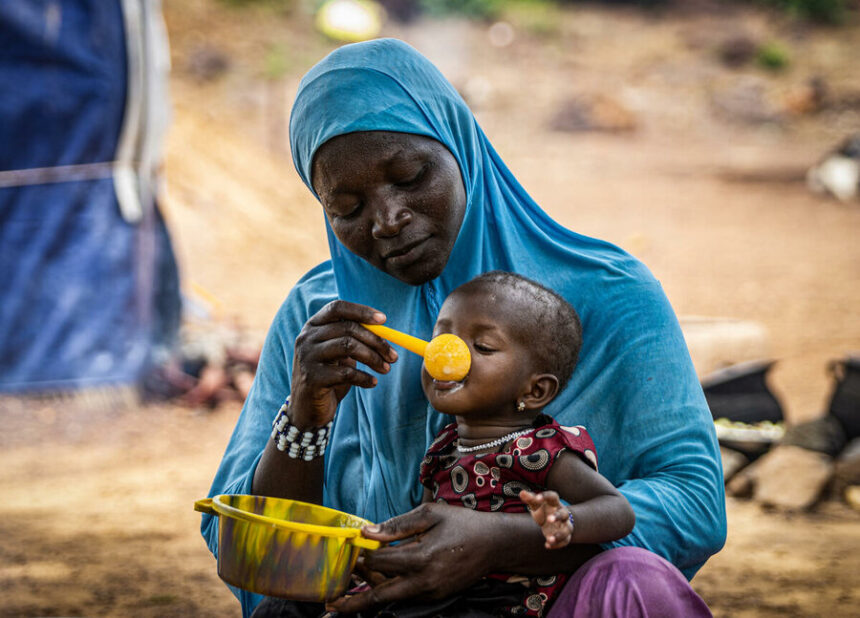Published by Eco Media on March 4, 2024
A recent study has revealed that one in 10 people globally goes to bed hungry each night, totaling approximately 800 million individuals, which surpasses the combined populations of the European Union and the United States.
In 2023, the United Nations adopted the goal of Zero Hunger as part of the Sustainable Development Goals (SDGs).
The objective is to ensure everyone can access safe, nutritious, and sufficient food to meet their dietary needs. The ultimate aim is to end hunger, achieve food security, and promote sustainable agriculture by 2030.
However, this goal seems distant from realization, as indicated by the report from ACTION AGAINST HUNGER, which highlights that more than 85% of people experiencing hunger crises reside in countries affected by conflict.
Conflict disrupts food systems, hampers aid delivery, and contributes to a growing displaced population.
The study also reveals a significant gap between the needs of countries experiencing hunger and their funding requirements.
Michelle Brown, Associate Director of Advocacy at Action Against Hunger USA, emphasized the importance of closing this funding gap, stating, “These are complex issues, and funding is just one part of what it takes to address them. Yet, after working for nearly 45 years in more than 55 countries, action against hunger knows that closing the hunger funding gap is a critical part of long-term solutions. By spotlighting gaps in hunger funding relative to need, we hope this report will help mobilize action to end hunger for everyone, for good.”
The study recommends four key solutions to fully close the gap. Individuals, philanthropic foundations, and the private sector must also increase their efforts.
Donors should balance immediate humanitarian support with reliable funds for long-term development to strengthen health, food, and social protection systems. This includes prioritizing funding that is multi-year and multi-sectoral, so organizations can plan to meet high levels of hunger.
Funds should also be targeted directly to local NGOs with experience and staff in the areas they serve and be flexible enough to respond to rapidly changing needs, including investing in anticipatory action.
Lastly, there should be a broader array of donors to ensure greater stability of funding streams.
By: Ibrahim Khalilulahi Usman


